
Do Lighting Products Need to Register for the EU Energy Label?
Recently, platforms like Amazon, AliExpress, and TEMU have been strictly checking the compliance of EU energy labels, leaving many sellers unsure about the requirements.
What types of products need an energy label? Are there mandatory standards? What lighting products are exempt? This article provides answers.
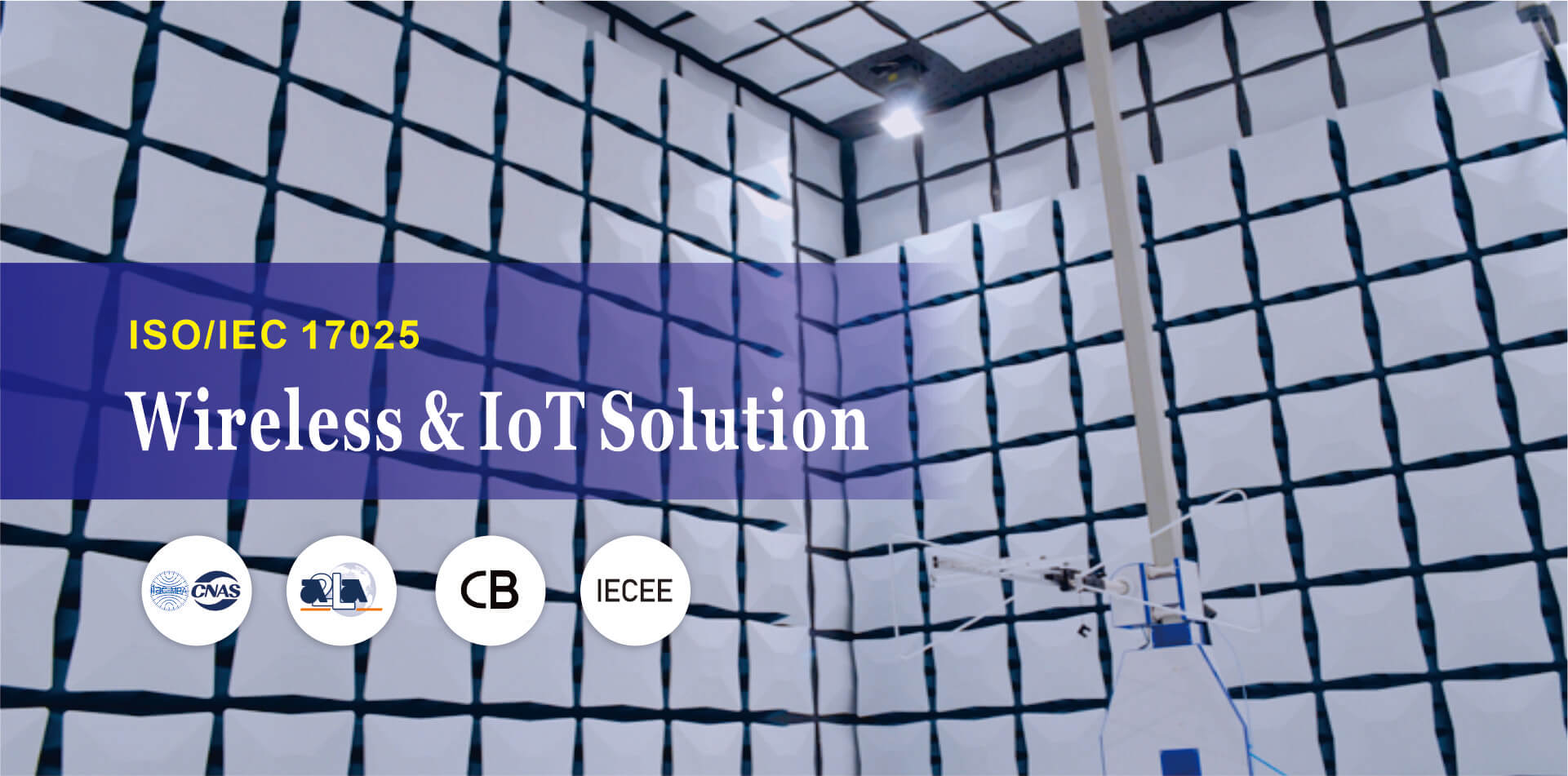
Which Products Need to Register for an Energy Label?
The EU energy label covers a wide range of products. Sellers are advised to first look at the broad categories, then the subcategories. The main product categories for energy labels can be found on the EU Energy Label Product Registration website: [https://eprel.ec.europa.eu/screen/home](https://eprel.ec.europa.eu/screen/home)
In simple terms, this includes: bulbs and lamps, heaters, refrigerators and freezers, washing machines and dryers, air conditioners and ventilation equipment, electronic displays (including televisions), kitchen appliances, tires, etc.
If you are unsure whether your product needs to register, you can contact customer service for assistance.
Which Lighting Products Need to Register?
According to EU regulations, lighting products that need to register can be categorized based on the type of light source:
- LED: Light Emitting Diode (LED lamps)
- HID: High-Intensity Discharge lamps
- LFL: Linear Fluorescent lamps
- CFL: Compact Fluorescent lamps (energy-saving lamps)
- HL: Tungsten filament lamps (halogen lamps)
- GLS: General Lighting Service (incandescent lamps)
Based on usage, they can be categorized into:
- Wall lamps, chandeliers, ceiling lamps, downlights, table lamps, floor lamps, street lights, garden lights, stage lights, emergency lights, track lights, tunnel lights, string lights, alarm lights, indicator lights, night lights, decorative lights, flashlights, sensor lights, and professional lighting, etc.
Similarly, lamp control devices can be divided into electronic ballasts and inductive ballasts.
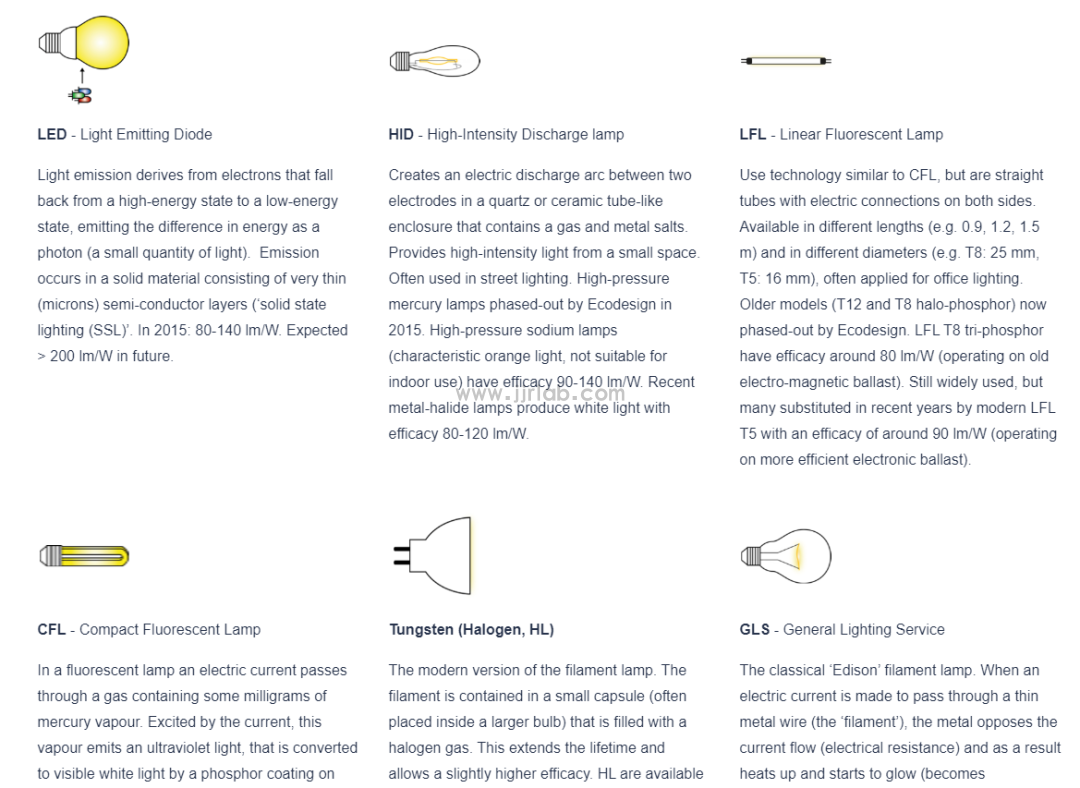
Additional Explanations for Lighting Products That Need to Register:
1. "Light Source" refers to an electrical product designed to emit, or potentially adjusted to emit, light or both light and non-infrared light.
2. "Control Device" refers to one or more devices that may or may not be physically integrated into the light source, intended to prepare the power format required by one or more specific light sources under the conditions specified for electrical safety and electromagnetic compatibility.
3. "Containing Product" refers to a product containing one or more light sources or separate control gear, or both, including but not limited to detachable luminaires for separate verification of the contained light source, household appliances with light sources, and furniture with light sources (shelves, mirrors, display cabinets).
4. "Light" refers to electromagnetic radiation with wavelengths between 380 nm and 780 nm.
5. "Power Supply" or "Power Supply Voltage" refers to AC electricity at 230 volts at 50 Hz.
6. "LED Mold" or "LED Chip" refers to a small piece of light-emitting semiconductor material with a functional LED circuit made within it.
7. "LED Package" refers to a single electrical component consisting mainly of at least one LED mold. It does not include control devices or their components, caps, or active electronic components and is not directly connected to the power supply voltage. It can include one or more of the following: optical elements, light converters (phosphors), thermal, mechanical, and electrical interfaces or components for handling static discharge issues. Any similar light-emitting device intended for direct use in LED luminaires is considered a light source.
8. "Chromaticity" refers to the property of a color stimulus defined by chromaticity coordinates (X and Y).
9. "Luminous Flux" or "Flux" refers to the quantity derived by evaluating the radiant flux (radiant power) based on the spectral sensitivity of the human eye. It refers to the total flux emitted by a light source under specified solid-state conditions (e.g., current, voltage, temperature specified in the applicable standard) and refers to the initial flux of an undimmed light source, unless explicitly specified as the flux under dimmed conditions or after a specific operating period. For light sources that can be tuned to emit different spectra and/or different maximum luminous intensities, it refers to the flux in the "reference control settings" as defined in Annex I.
10. "Color Rendering Index" (CRI) refers to the metric for quantifying the effect of a light source on the color appearance of objects compared to their appearance under a reference light source, as defined by the average proportion of color rendering for the first 8 test colors (R1-R8).
11. "Incandescent Lamp" refers to a light phenomenon produced by heat, typically generated by a filament conductor ("filament") heated by an electric current.
12. "Halogen Light Source" refers to an incandescent light source with a tungsten filament surrounded by a gas containing halogen or halogen compounds.
13. "Fluorescent" or "Fluorescent Light Source" refers to the phenomenon or light source using a low-pressure mercury type gas discharge, where most light is emitted by phosphor layers excited by ultraviolet radiation produced by the discharge. Fluorescent light sources may have one or two connection points. For the purposes of this regulation, magnetic induction light sources are also considered fluorescent light sources.
14. "High-Intensity Discharge" (HID) refers to a gas discharge in which the light-producing arc is stabilized by wall temperature, and the arc chamber wall loading exceeds 3 watts per square centimeter. As defined in Annex I, high-density gas light sources are limited to metal halide, high-pressure sodium, and mercury vapor types.
15. "Gas Discharge" refers to the phenomenon of light produced directly or indirectly through a gas, plasma, metal vapor, or a mixture of gases and vapors.
16. "Inorganic Light Emitting Diode" (LED) refers to a technology that produces light from a solid-state device containing an inorganic material P-N junction. When current is applied, the junction emits light radiation.
17. "Organic Light Emitting Diode" (OLED) refers to a technology that produces light from a solid-state device containing an organic material P-N junction. When current is applied, the junction emits light radiation.
18. "High-Pressure Sodium Light Source" (HPS) refers to a high-intensity discharge light source where the light is mainly produced by sodium vapor radiation at a local pressure of about 10 kPa. HPS light sources may have one ("single-ended") or two ("double-ended") connectors.
19. "Point of Sale" refers to the actual location where the product is displayed or offered for sale, lease, or hire-purchase to customers.
Which Lighting Products Do Not Need to Register?
Lighting products exempt from the EU energy label (i.e., the following products do not need to register for the EU energy label):
1. Lamps and LED modules with a luminous flux of less than 30 lm.
2. Battery-operated lighting products, such as flashlights, mobile phone flashlights, light sources in toys, battery-operated table lamps, solar garden lights, etc.
3. Products that do not meet the definition of light sources or control devices.
4. Lamps and LED modules not intended for lighting purposes.
- For example:
- Used as a medium emitting light in chemical or biological processes (e.g., pesticide lighting, photodynamic therapy, horticulture, pet care, insect repellents);
- For image capture and image projection (e.g., camera flash, copiers, video projectors);
- For heating (e.g., infrared lamps);
- For signaling (e.g., airport lights).
5. Lamps with specific functions:
- Certain light sources with effective UV power greater than 2 mW/klm, intended for applications requiring deep UV;
- Light sources intended for germicidal (destroying DNA), intended for disinfection or fly-catching, or producing ozone;
- Light sources intended for coral growth; tanning lamps (FL, HID); light sources intended for plant growth;
- Standard lamps for laboratory use intended for optical calibration; special lamps for photosensitive patients.
6. Light sources and separate control devices used in special environments.
- For example:
- Used in explosive environments, during emergencies;
- Used in vehicles (cars, ships, planes, etc.);
- Signal lights (including but not limited to road, rail, marine, or air traffic signals, traffic control or airport lights).
7. Double-ended fluorescent lamps T5 with power P ≤ 13W.
8. Light sources and separate control devices for bicycles and other non-motorized vehicles.
9. Lamps for image capture and projection (including but not limited to copying, printing, etc.).
10. HID lamps intended for high color temperature applications with color temperature greater than 7000K.
11. Halogen lamps:
- Halogen lamps with a beam angle less than 10 degrees, intended for applications requiring a very narrow beam;
- Halogen lamps meeting these conditions: G4, GY6.35, or G9 base, ≤ 60W, used in ambient temperatures greater than 300 degrees, such as ovens.
12. Stage lighting:
- Halogen lamps for scenario lighting in theaters, photo studios, etc., or stage lighting for entertainment purposes in theaters, bars, concerts, etc.;
- Light sources tunable to high-purity blue, green, and red for high-quality colored light applications.
13. Incandescent lamps meeting these conditions:
- ≤ 40W, length ≤ 60mm, diameter ≤ 30mm, used in ambient temperatures greater than 300
degrees, such as ovens.
14. Single-ended fluorescent lamps:
- Diameter 16mm, 2G11 base, color temperature 3200K (x=0.415, y=0.377), or 5500K, used in traditional film production.
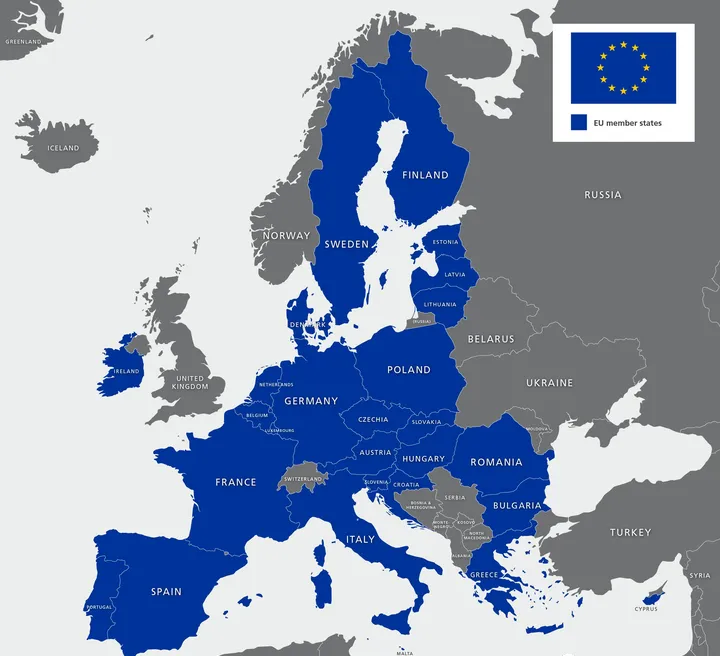
How Should Lighting Product Sellers Respond?
If sellers receive notifications from the platform requiring the upload of EU energy labels, they should respond immediately:
1. Check whether their products meet the EU energy label requirements. If not, they can provide feedback to customer service indicating that the product does not fall within the scope of energy labels or conduct an exemption test report and use this report to indicate that the product is not within the scope of the label.
2. If their products fall under the requirements for energy labels, they need to first obtain a test report for the product's energy efficiency.
3. Register the energy label for the involved products, upload compliance information, and attach the energy label to the product and its packaging to display the product's energy efficiency.
Note that companies outside the EU cannot directly register with the official system. They need to appoint an authorized representative within the European Economic Area, and this representative needs to undergo electronic certification to register the product on their behalf.
This means that energy labels can only be generated after being officially registered in the EU, and each energy label corresponds to one ERP report model and one company or brand. Multiple models, companies, or brands require additional energy labels to be registered.
What is the EU ERP Exemption Report?
The EU ERP Exemption Report refers to a report that exempts certain products or services from meeting the requirements of the EU Ecodesign Directive (erp directive) under certain conditions.
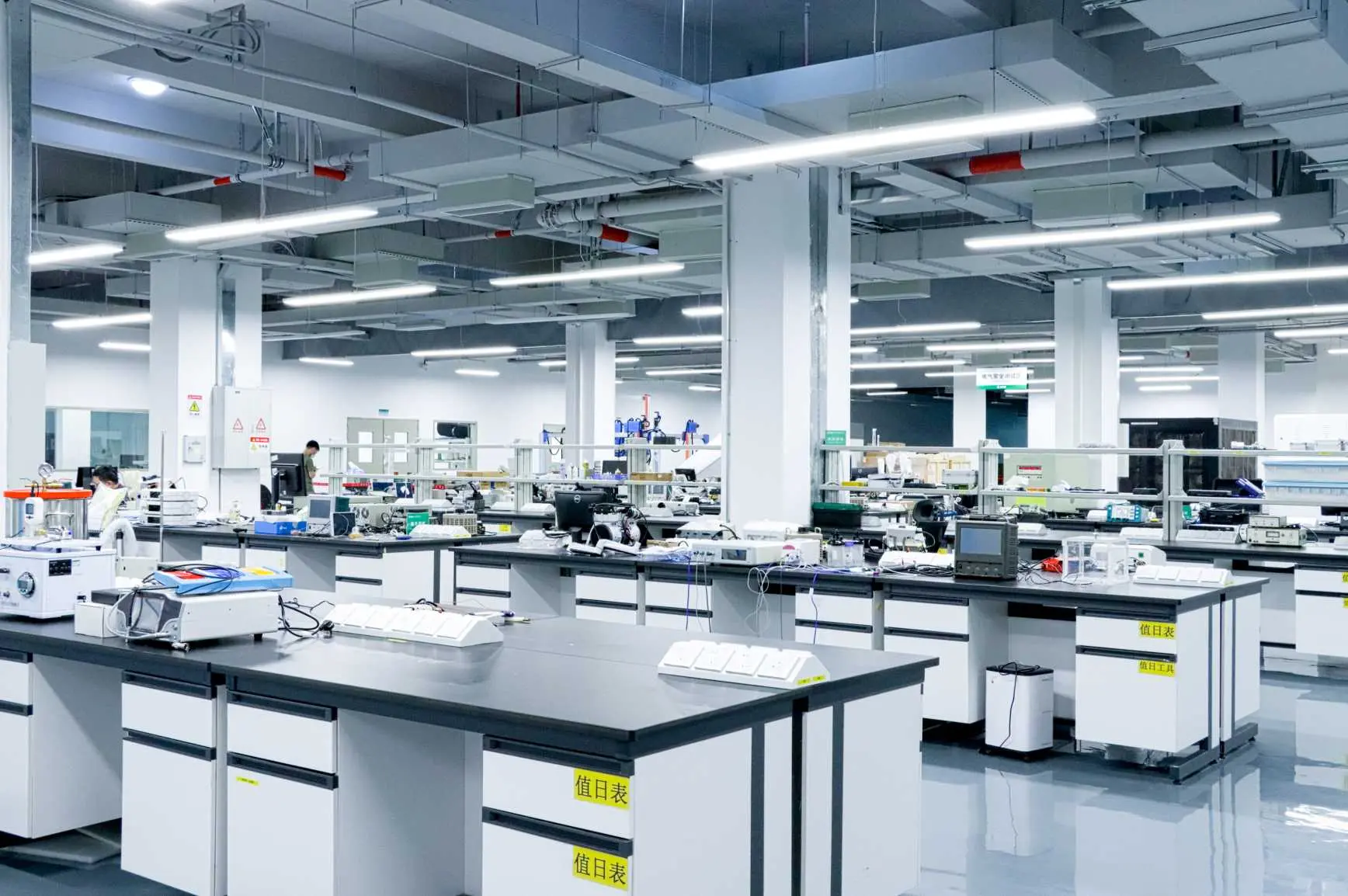
The exemption report typically includes the following content:
1. Description of the product or service: Detailed description of the name, type, use, characteristics, etc., of the exempted product or service for the EU Commission to understand the specific situation.
2. Reasons and basis for exemption: Explanation of why the product or service cannot meet the requirements of the ErP directive and why an exemption is needed. It should provide relevant technical, economic, and environmental data and evidence to support the exemption application.
3. Scope and duration of the exemption: Clear specification of the scope and period of the exemption for the EU Commission to manage and supervise.
4. Alternative measures and commitments: Description of other measures taken by the manufacturer to compensate for non-compliance with the ErP directive requirements and commitments to improve the product or service in the future to meet the ErP directive requirements.
The application and review process for exemption reports is usually strict and complex, requiring sufficient evidence and data to support the exemption application. If approved, the manufacturer can produce and sell their products or services within the exemption scope.
However, an exemption does not mean immunity from all responsibilities. Manufacturers still need to comply with other relevant regulations and standards to ensure the quality and safety of their products or services.
If you need to apply for the EU energy label or exemption report, feel free to email or leave us a message!
Email:hello@jjrlab.com
Write your message here and send it to us
 Approval for UL 1727 Introduction
Approval for UL 1727 Introduction
 Candle Label Requirements United States
Candle Label Requirements United States
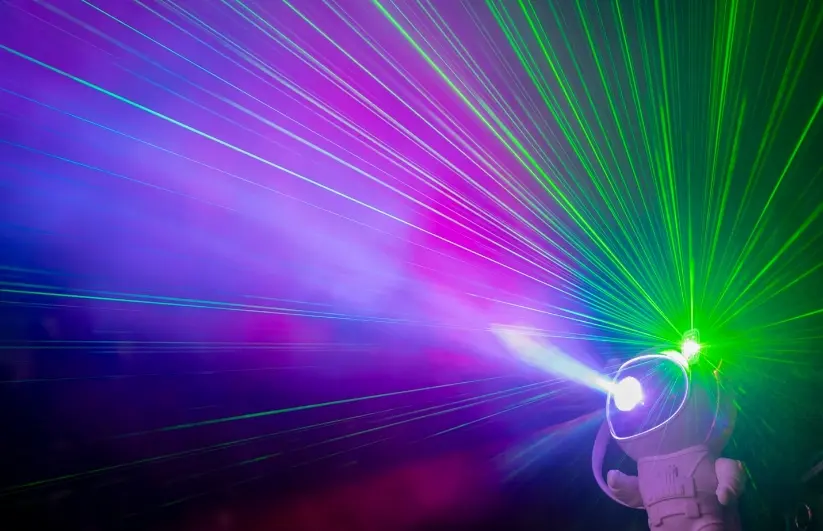 Laser Product Qualification Consultants
Laser Product Qualification Consultants
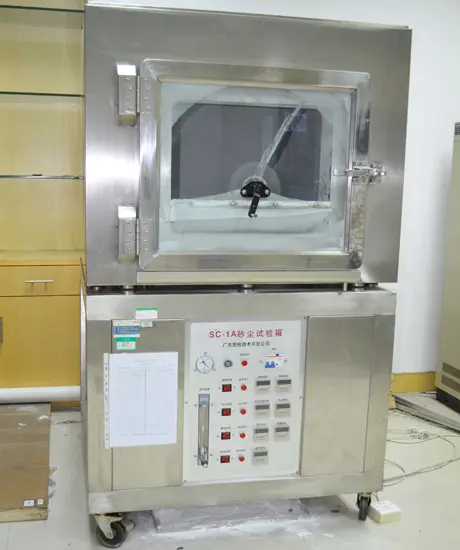 UL 268 Smoke Detector
UL 268 Smoke Detector
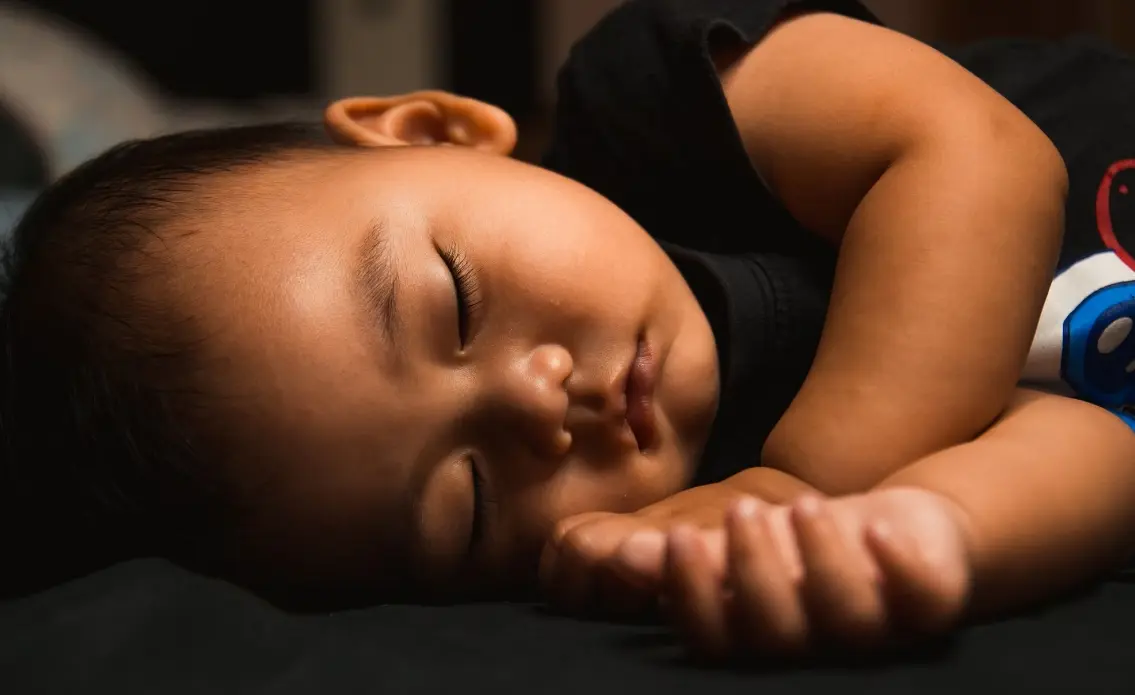 How to Get Approved to Sell Toys on Amazon
How to Get Approved to Sell Toys on Amazon
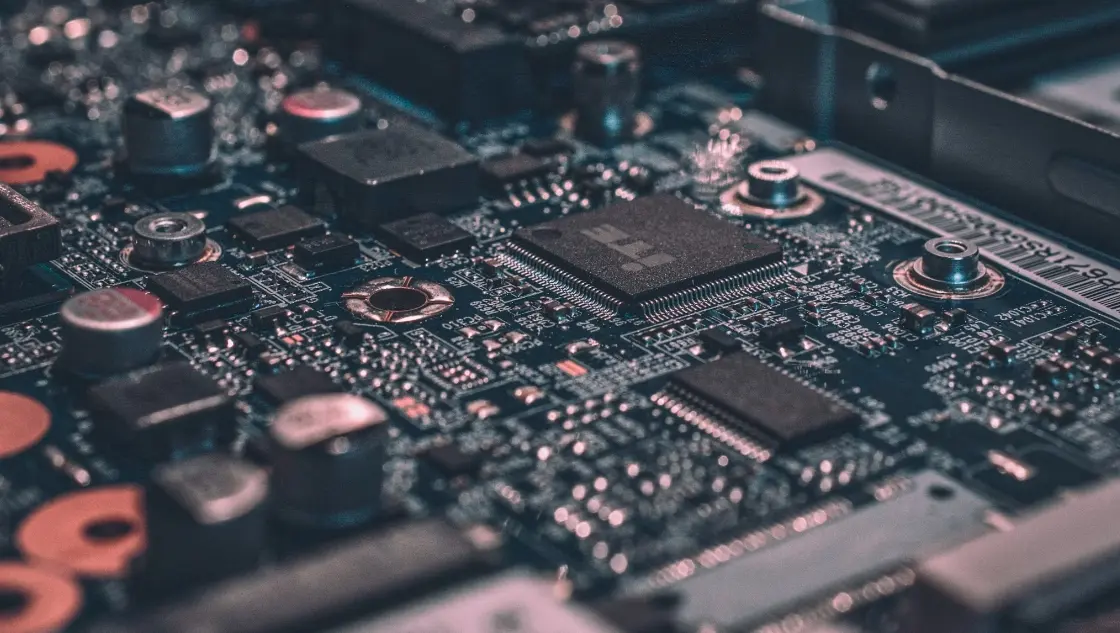 Element EMC Testing
Element EMC Testing
 Authorized Representative EU
Authorized Representative EU
 EU Representative Service
EU Representative Service
Leave us a message
24-hour online customer service at any time to respond, so that you worry!




